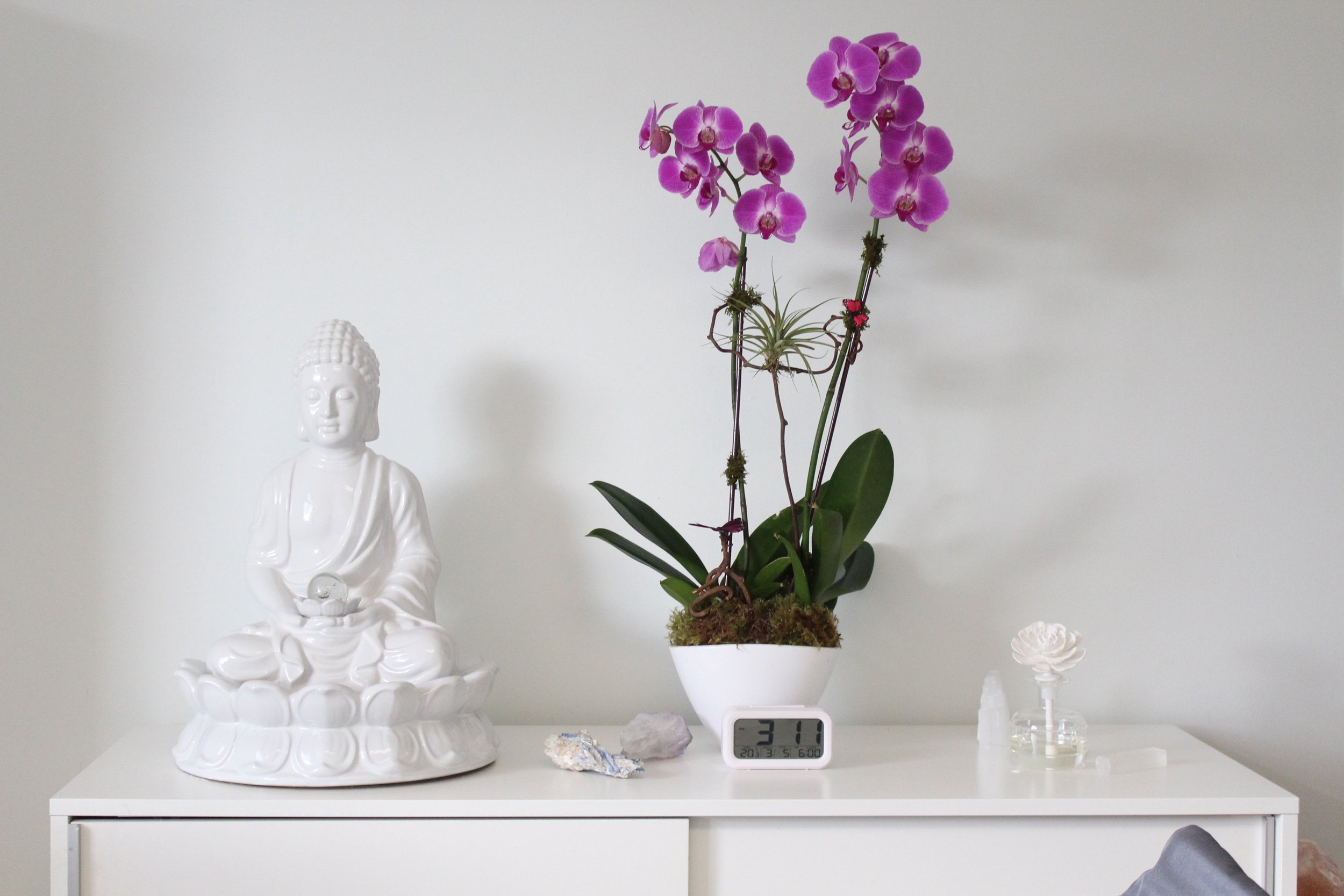
Lymphedema Therapy
Is an abnormal accumulation of swelling of an extremity and/or body part. Primary lymphedema is a genetic condition due to an alteration in the genes causing the lymphatic system not to develop properly and consequently developing swelling of an extremity, usually the legs. Secondary lymphedema may develop after cancer treatments, surgery, removal of lymph nodes and/or radiation leading to swelling of that body part. Other less common conditions are infections, trauma and vascular insufficiencies.
The goal of MLD, in the treatment of lymphedema, is to re-route the excess lymph fluid around blocked areas into healthy lymph vessels by following the anatomy of the Lymphatic System, thus decreasing the excess swelling to an extremity, torso, neck or face and helping the body return to what it does naturally prior to the blockage.
Manual Lymph Drainage and Complete Decongestive Therapy (MLD-CDT)
The goal of CDT, compression therapy, is to maintain the decongestive effects achieved during the MLD session, and to prevent re-accumulation of fluid into the tissues. This is achieved by using short-stretch bandages or compression garments, which are applied after the MLD sessions.
Our Lymphedema Program also includes:
XP2 Lymphatic Drainage Device: The XP2 is a gentle, non-invasive technique which helps stimulate the proper flow and drainage of the Lymphatic System. A combination of vibrational light and electric waves help stimulate the flow by dissociation of proteins that have been trapped between your skin and muscle. The XP2 stimulates the lymph at a greater depth to enhance the body’s lymphatic flow and in combination with Manual Lymph Drainage it takes our results to another level.
BODY: Medical compression garments: After the patient has completed the intensive MLD-CDT treatments, patients are fitted with day and night-time compression garments. These compression garments are used to maintain and assist the patient in controlling their condition. We also measure and fit for over-the-counter compression garments.
Remedial Exercises: The Lymphedema program includes education on “do’s and don’ts” during exercise. Each program is geared to meet the individual needs depending on their Lymphedema stage, age, medical status and fitness level. Exercise can stimulate the lymph at a greater depth to enhance personal wellness.
Take a look at how to bandage a Lymphedema arm
Physical Therapy
We also provide Physical Therapy (PT) services for Cancer Rehabilitation. Following cancer surgery and treatments, the body requires movement, stretching and strengthening. The timing for PT is essential, ROM and exercise too early or too late may be detrimental. After 22 plus years in practice with cancer patients, I am able to provide optimal care in a timely manner, such as guiding patients after post-op, through chemotherapy and/or radiation treatments.
Our Physical Therapy program also includes:
BEMER PEMF (Pulsed Electromagnetic Field): The BEMER is a non-invasive device one lays upon that stimulates and increases the blood flow to muscles to improve performance and recovery. It also helps with the body’s nutrient supply and waste product disposal. BEMER therapy has also been found to aid in relaxation and stress reduction.
BEMER PEMF therapy directly stimulates electrical activity within the muscle tissues “ the field” interacts with. Think of charging a cell phone wirelessly, the concept works the same within the body. Instead of charging a battery you are charging your cells. When your cells are charged, they can provide the highest level of functionality to you, supporting your optimal performance and expedited recovery. BEMER works with your body, enhancing the vitality within.
FAQs
-
When we perform MLD, we follow the anatomy of the Lymphatic System, knowing the connections of these lymph vessels in the body, we are able to re-route the fluid to new and healthier connections. The fluid ends up in the venous angle of the heart, integrating with the Venous System.
-
There are different approaches to this answer, consult your Physical Therapist before beginning any exercise program. In our office, we evaluate each patient and establish a customized exercise program based on their Lymphedema stage, age, medical status, and fitness level. Most of the time, we recommend low weights and high repetition, overall exercise is beneficial. With proper guidance and direction, exercise will be an asset to manage your Lymphedema.
-
It depends on the Stage of Lymphedema, the earlier detected and treated, the less involved is the treatment and maintenance. You may require both, a day-time and night-time compression garment or only one. The length of use is also determined depending on the severity of your Lymphedema condition. Your Physical Therapist will guide you on the proper use of your garment.
“To write that Ana Maria is a gifted professional in the specialty of lymphatic drainage would be an understatement. She is extremely knowledgeable about the entire body and issues that affect its functioning. Her warm, positive, personal and attentive approach to her clientele is unsurpassed and rare in the healthcare field.”
- Debbie Barkow
“Take Care of your body. It’s the only place you have to live.”
-Jim Rohn-


